EDINBURGH Greenside
For us who live in Edinburgh and who are old enough we can remember the slum buildings which were located at the top end of Leith Street and just down from Princes Street, and this area was called Greenside. The would-be traveller to Leith may nowadays be daunted by the unpromising and hazardous start to their journey.
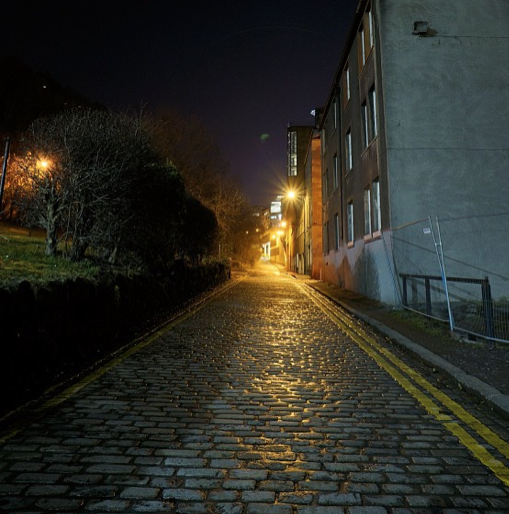
Greenside 2013, our ancestors surely would have walked along these old cobbled streets
The grimness of Leith started even before the grandeur of Register House was out of sight. Leith Walk is a long street which traditionally starts right off Princes Street and down to the Foot of the Walk, a very long mile.
Greenside lies on the north-west side of Calton Hill. Here lay the populous surburb of Greenside which was built on grounds which belonged to the ‘Carmelities’ or ‘White Friars’, anciently the site of a Chapel dedicated to the Holy Cross. Near the chapel lay a cross called The Rood of Greenside where it is documented that in 1534 two locals called David Stratoun and Norman Gourley were burned as heretics. Calton Hill stood behind some 350 feet above sea level and from here the Friars could guard their area with the magnificant views down to the Forth and beyond.
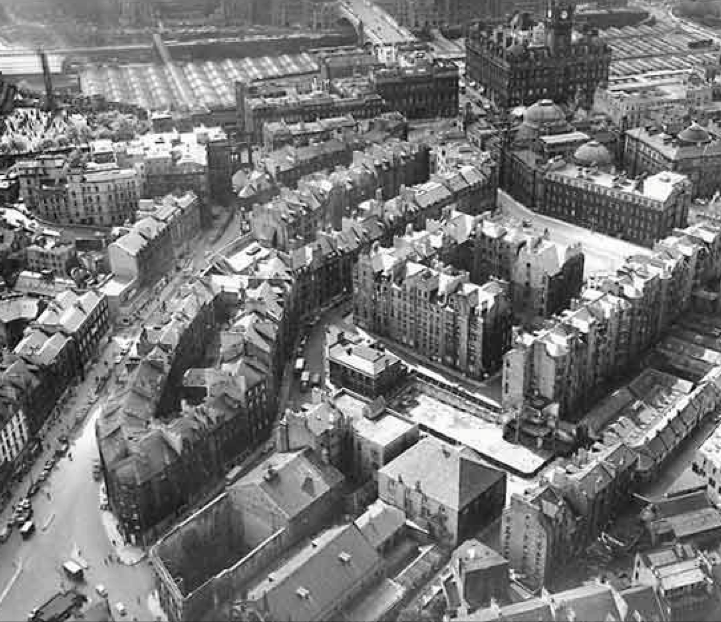
At the end of the Napoleonic War Leith Walk was an established carriageway with good houses at the top, cheaper tenements in Greenside where many of the inhabitants had workshops and forges, a sprinkling of timber yards, marble workshops, foundries, flint and crownglass works. The old waxworks dates back to 1808 at 31 Greenside Street
The population of the City of Edinburgh during the nineteenth century had increased faster than ever before helped by the Highland Clearances, the Potato Famine which not only affected Ireland but also the Scots and also the emigrants which were now starting to appear from Italy, where there Unification caused unseen problems. In two generations during the middle of the nineteenth century the population had more than doubled. As soon as the great tenements emptied they were filled up again with twice as many occupants in one room.
Leith’s long history had now abandoned their war wounded and instead of the proud soldiers and sailors marching up from the docks the street was a haven for the injured soldiers and sailors who took to begging to keep themselves alive.
The public transport system sort of took off at this time as well. There was at first horse drawn buses followed by horse-trams in 1870. Cable cars followed in 1899 and electric cable cars in 1910.
From the 1870s Greenside is steeped in Quilietti and Brattisani family history as is St. Mary’s Cathedral just opposite.
Demolition work started in the Greenside area in April of 1961 by which time our families had all moved out to better housing in the new ‘schemes’ at the outskirts of Edinburgh.
The Greenside flats were nine stories high if you counted the two basement flats which were apparent from the back. Today there is only one block at the back in Marshall’s Court, and this building was build circa 1933 and was not part of the old grim tenements.
Some famous Greenside Places were
THOMPSON and PORTEOUS Tobacco Factory
The Public Washhouse which was situated at the foot of the Broadly Stairs
LEITCH’S Lemonade Factory
St. Barabas Church and Mission
Fairleys of Leith Street which was the local dance hall. It was a favourite with servicement both during and after the Second World War.
Of course everyone who is of an age remembers with great fondness JEROMES the photographers.
On Calton Hill on Greenside Row there was a tunnel cellar called THE MIDDEN DOOR where the scavvy kept his barrow and broom. This was one of the meeting places where the locals would sit and have a chat.
Then of course there was the Salon Picture House in Greenside Place where they would famously show all the B rated movies. This was a cheap form of entertainment and the picture house was always full and always full of fleas.
The Salon
“The Salon had benches in the front rows and an usher kept tracks of when we came in, so at precisely the time when we were about to see the film second time round we were tossed out the back door – to the infamous Greenside area.”
At the back of the Salon stood the Pensioner’s Hall which was affectionately called The Dump. Locals gathered here and there were local bands who would play. The Omonds from Greenside were one such band which played on a Saturday night.
Next to St. Mary’s stood the Theatre Royal. On Saturdays the Actors and Actresses would attend the theatre for rehearsals and this would cause a great fuss with the local children.
Also on Saturdays a ‘Mission’ Band would play at the bottom of Little King Street. All the children joined in the hymns. If they all sung loud enough they got a penny at the end of the meetings.
On Leith Street and Greenside Place there were lots of shops. Jackson’s the Taylors, Littlejohn’s the Bakers and Anneker’s the cold meat shop. There were not one, but two Duncan’s sweets’s shops in this part of Leith Street.
There was even a wee museum called the Creepy Waxworks Museum.
Down in Greenside there was a Cigarette Factory and the girls who worked there came into Barnetts for stockings which cost a shilling a pair.
Calton Hill
“Calton Hill became very much ‘off-limits’ in 1953, following the murder of two small girls in the Greenside area at the back of the Playhouse cinema.
Calton Hill was also a great playground for the local boys and girls of course and they would play with their guiders
Guiders
“Our first mode of transport was the forerunner to the formula 1 racing car, the ‘Guider’. It was a self-built vehicle, built from anything we could get hold of and propelled by kneeling on it and shoving it along from behind with one of your feet.
The prototypes were made of a few planks of wood, a cross-member whittled down, a piece of string which was our steering and four ball bearings for wheels. Where we stole the ball bearings from I cant remember, but they did the job. The onlyproblem was that you could hear us speeding down Elm Row from a mile off!
We then progressed and modernized our “Guider”, by stealing prams and removing the wheels – similar to today’s trend, but today its with cars. Times haven’t changed so much after all, have they?
Anyway, our suped-up vehicles were now silent and we rocketed down Elm Row bowling over anything and anyone in our path. The only problem was that we never did devise ways of stopping them, nor a method of self-propelling those vehicles back up the hill. We had to walk, dragging this thing behind us and start again from the top.
Mind you, those self-built thingys turned out to be useful to our parents too. We were told to pick up the shopping or drive it to Abbeyhill goods railway station for a bag of coal. Not so bad getting there, but, the journey back was a bit heavy going.
So much for the ‘guider’. I never knew why it was called that. It was never really guided, just aimed down a hill.”
For both the Quilietti family and the Brattisani family Nos. 24 and No. 9 Greenside Place were our families homes for many years. Then St. James Place opposite, just where John Lewis goes up the Hill today is where Emilio’s sons and their families started off. No. 9 Greenside Place in the 1960s had Napiers Sho Repair Shop as one of the shops on the street level of the tenement. If anyone reading this has any photos of this tenement please be in touch.
By 1900 the top o’ the Walk was looking somewhat different from today. There were twenty two pubs in the triangle between Leith Street and York Place, while the supper-rooms [today’s fish and chip shops] were pale by comparison with the up to date ice cream shops of the day. [When Emilio Quilietti died in 1898 he had 8 ice cream shops]. There were dairies too with polished zinc counters and Littlejohn’s tea room who were famous for its shortbread. On the steps down to the Low Calton the new Black Bull, which had succeeded the old coaching Inn across the road. Above the door was a Bull’s head with eyes which lit up at night.
Two tobacconists shops advertised their wares with life sized wooden figures at the door. One was a Highland soldier taking snuff. Today he is housed in the Huntly House Museum dressed in a dark green tartan kilt and red jacket. The other figue is of a sergeant in the Black Watch and it came from Henry Thomson’s shop.
FURTHER DOWN THE HILL, MRS. QUILIETTI’S FIVE STEP SALOON WAS MANAGED BY SANTOS BRATTISANI, WHO COOKED FISH AND CHIPS WHICH WERE REMEMBERED WITH NOSTALGIA BY MEN IN FRANCE AND GALLIPOLI DURING THE GREAT WAR.
In the future someone else may write about the many changes of recent times and the changing face of Greenside which is today unrecognisable. We wonder what Emilio and Valentina Quilietti would have though about the two giraffes who stand where they used to live.
No. 24 Greenside Place still stands in the form of C.C. Blooms, the gay nightclub. So remember if you ever frequent No. 24 and you see a ghostly shape, it may be your great grandfather Emilio Quilietti quietly watching over you.
All the above facts were remembered by Barbara Guthrie who was born in the year 1922 in Greenside, the year before my own dad Joseph Quilietti was born there. Joe was born in Greenside.
Now if you have read all the above then open up this link and you will find some very interesting Edinburgh words and see if these will bring back some http://www.edinphoto.org.uk/1_edin/1_edinburgh_history_-_recollections_edinburgh_names.htm#poor-oot
If we go on some sixty years we find ourselves at the top o’ the walk and familiar shops and cafe’s. The most famous of the chippie’s was of course the Deep Sea Restaurant. Nestled on the Island just in front of St. Mary’s on Union Place. Next door was the famous Bandparts. If you wanted any music it was there you would go. And the Central Cafe’ was one or two doors up from Bandparts.
There were public toilets here as well. Moir’s Bar was situated where the John Lewis corner is today. This was reputed to be where the ladies of the night would ply their trade, especially when the fleet was in.
Further up the hill was Burtons. It was a grand structure a testament to the 20’s. John Collier was another Taylor. Everyone would get their suits made to measure then. No off-the-peg then.
There was an upper balcony where another set of shops and restaurants were nestled. The Top-Deck Restaurant was a well known establishment which sold reasonably priced food to hungry Saturday afternoon shoppers. The Top Storey was also situated here. It was a club of the 60s where many local Bands would play. No drinking allowed of course.
Shoe shops were also plentiful in the area with Stead and Simpsons and Easiphit situated on the same side of the street as Burtons.
Opposite was the famous Edinburgh photographers where everyone went to have their photos taken. It was of course Jerome’s.
If only we had all their negatives, what a website that would make. Just think of the history of Edinburgh in the faces of her children throughout the decades. I wonder what happened to their archives!
Right next door was the infamous Fairley’s ballroom. It was a haunt of the sailors who were out on the town. But many marriages were also made here including my own aunt and uncle. Carel was a merchant seaman. On a night out in town he caught the eye of our Betty. They have been happily married for 65 years now and living in Holland.
Another Tailor called Jackson’s was just across the street from the pub situated underneath Fairleys. You could in the 60s have a made to measure suit for around £11 I am told!!! Above Jackson’s was a snooker hall called McLaughlans where the locals would spend many a Saturday evening enjoying their game.
There was another night spot called The Imperial which had an even worse reputation than Fairleys.
The Playhouse which had been completely restructured in 1929 stood at 18-22 Greenside Place, just next door to where my own grandad was born and my great grandparents lived, which was No. 24 Greenside Place. Today this address is called CC Blooms and it is a gay nightclub. Everytime I pass this spot I have a silent thought for my ancestors.
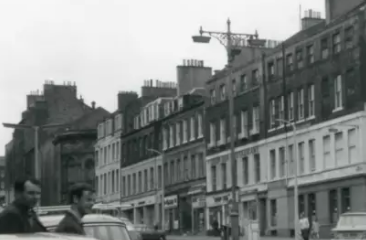
But the Playhouse now re-built could seat over 3000 people. When it was built it was the largest and most opulent cinema ever to be built in Scotland and the 4th largest in Britain. It was the first super cinema. In 1929 Variety was very much a part of the cinema experience. Opening on the ‘Glorious Twelfth’ of August, 1929, the Playhouse originally seated 3,040. These were made up of 1,500 seats in the Stalls (coloured crimson, costing 1/3), 680 in the circle (coloured purple, costing 2/4), and 860 in the balcony (coloured old gold, costing 1/- in the front, 9d in the back).There were tea rooms on two floors, plus a tea, coffee and soda fountain lounge .The building is said to be haunted by a ghost called Albert, a man in a grey coat who appears on level six accompanied by a sudden chill in the air. He is variously said to have been either a stagehand who was killed in an accident or a night-watchman who committed suicide.
Picardy Place has it’s own place also in the history of our city. Arthur Conan Doyle, the creator of Sherlock Holmes was born here. His descendants on both sides of his family were from Ireland and he was born in Edinburgh on May 22nd 1859.
So far as the record extends, Arthur’s grandfather John Doyle was a tailor’s son who started professional life as an equestrian artist in Georgian Dublin. He won commissions from aristocratic patrons, including Lord Talbot, Lord Lieutenant during a politically turbulent period from 1817 to 1821, and the Second Marquess of Sligo.
One thing is indisputable—the Doyles were devout Roman Catholics. Both John Doyle’s sisters became nuns, and his brother James trained as a priest. As the Catholic journal The Month noted, John was the only child of the family who remained “in the world,” and with this situation came a certain austerity. In 1820 he married Marianna Conan, whose father also worked as a tailor in the Dublin Rag Trade.http://online.wsj.com/article/SB119688554146414795.html?mod=googlenews_wsj
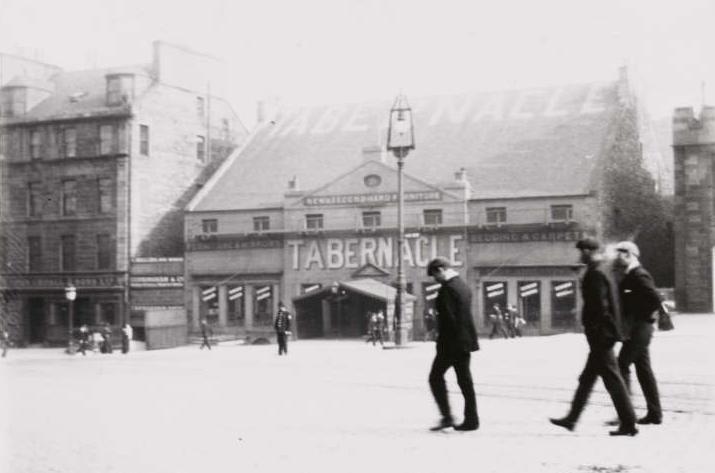
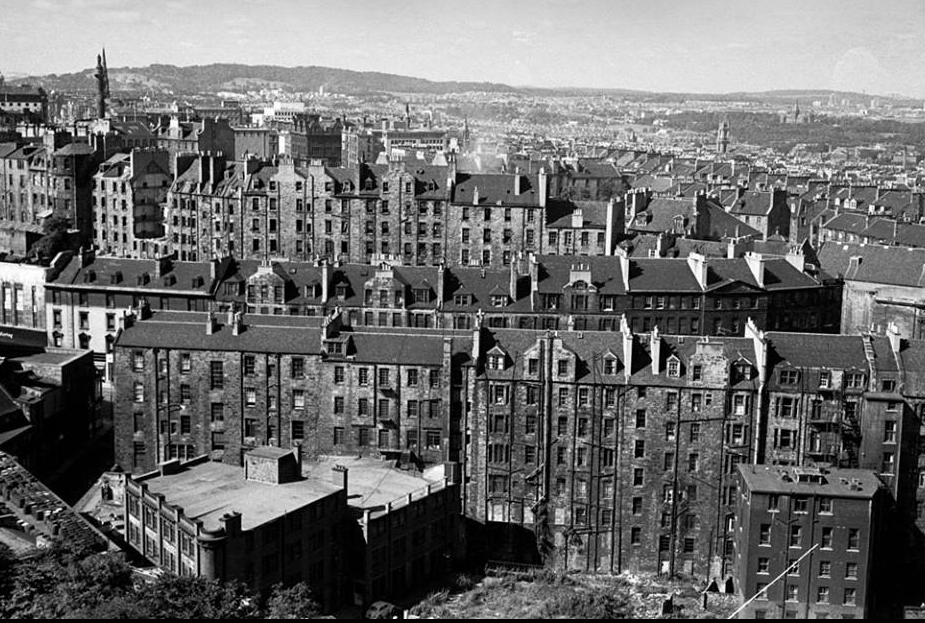
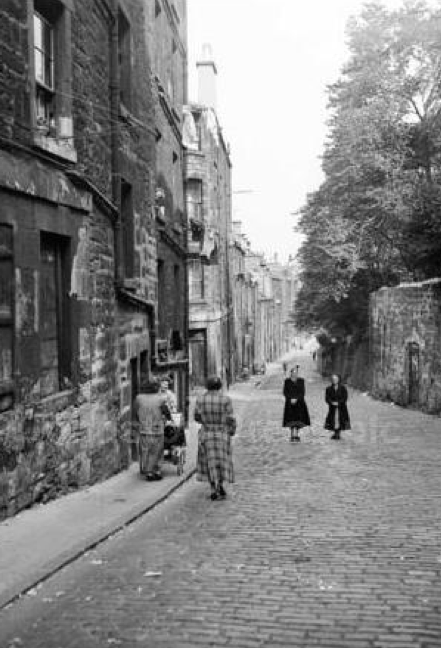
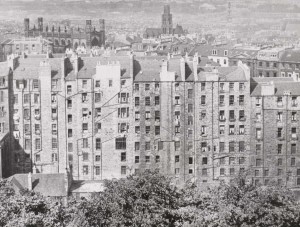
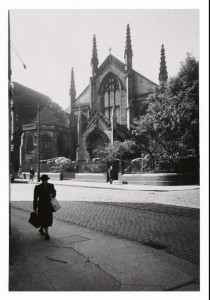
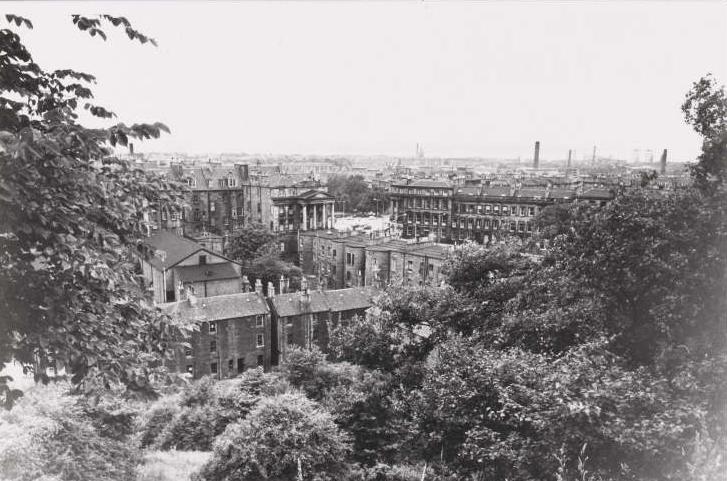
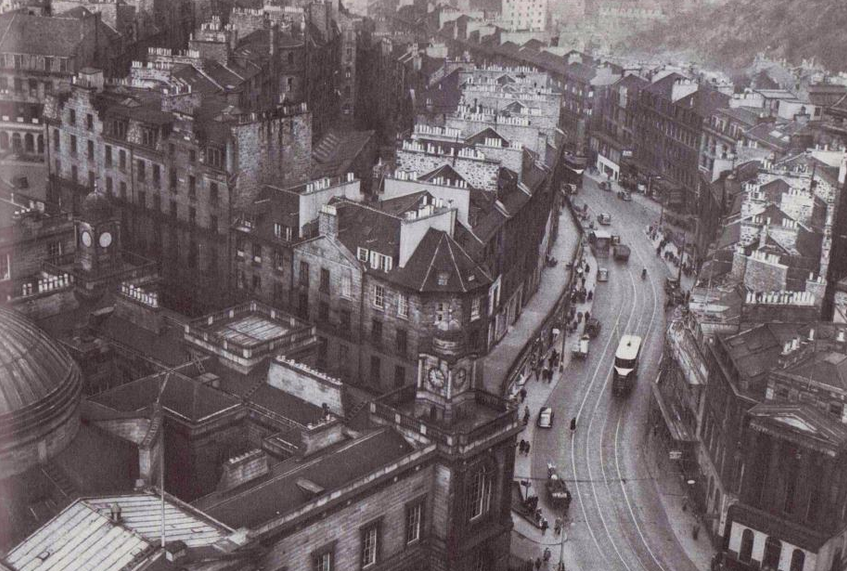
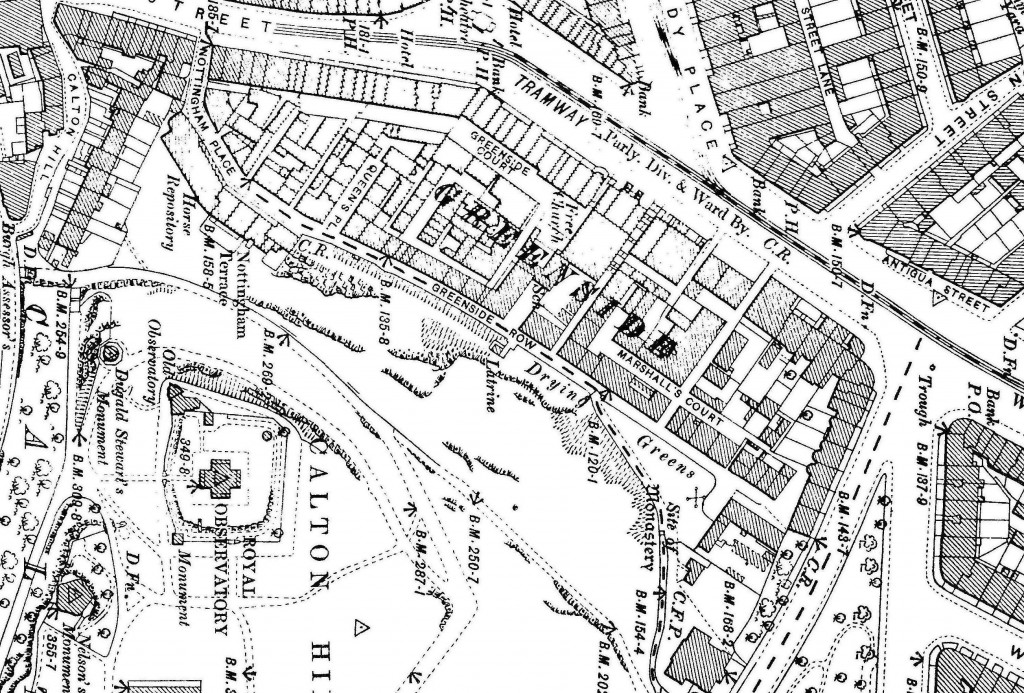
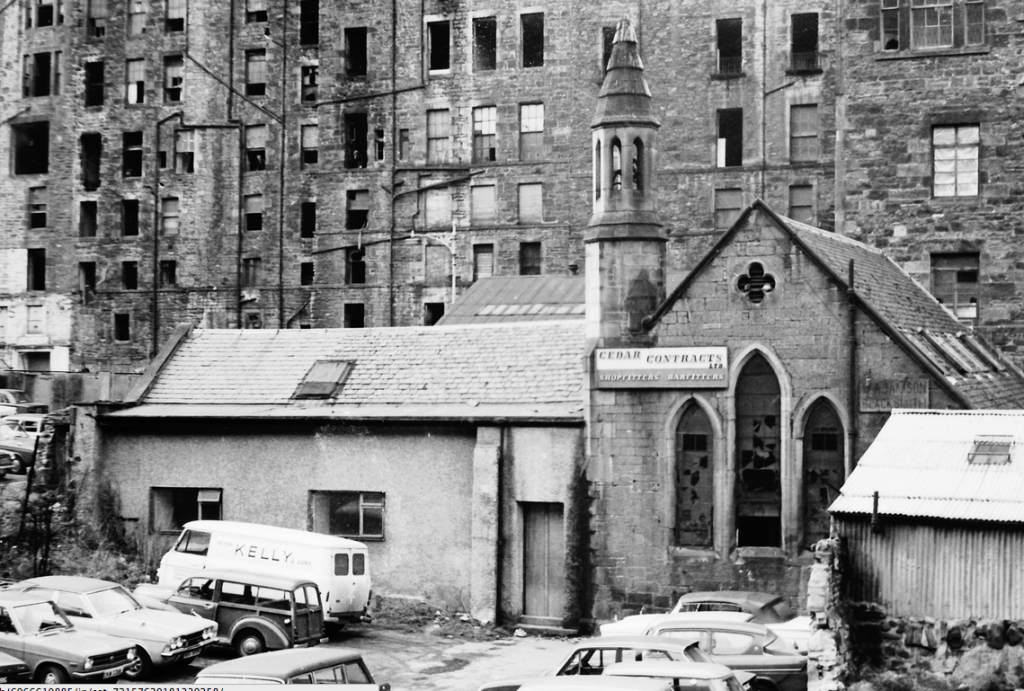
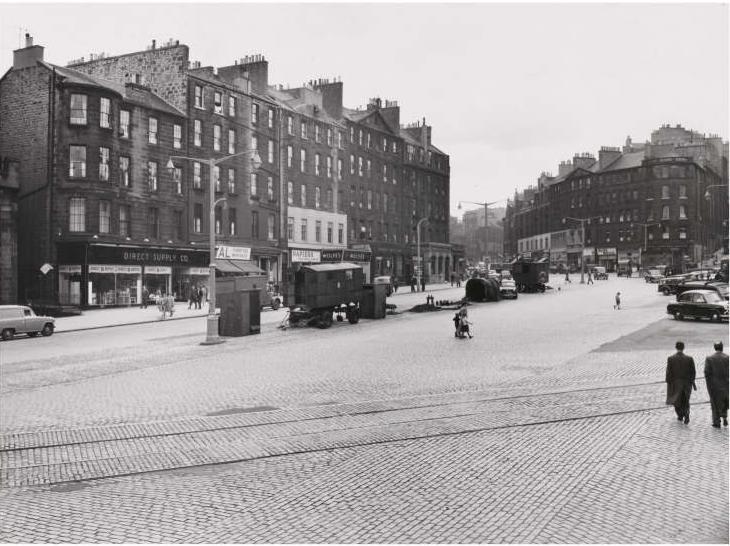
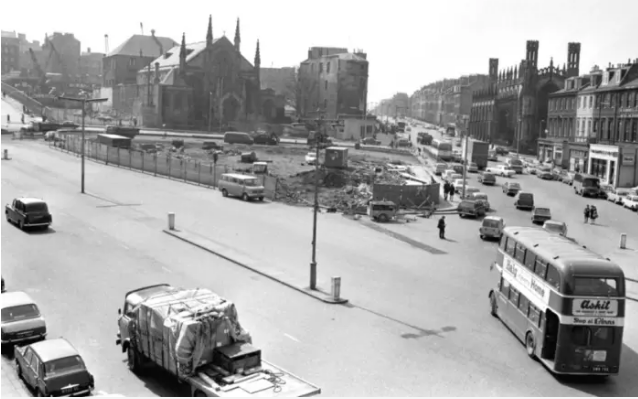
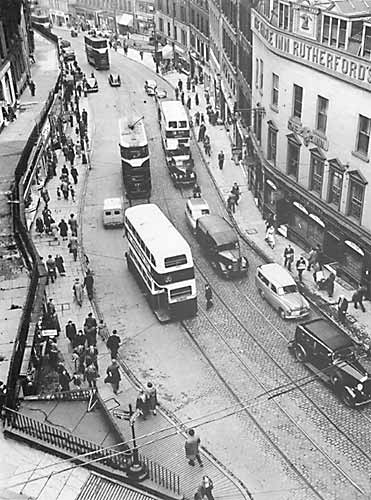
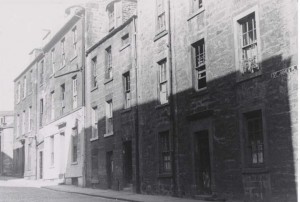
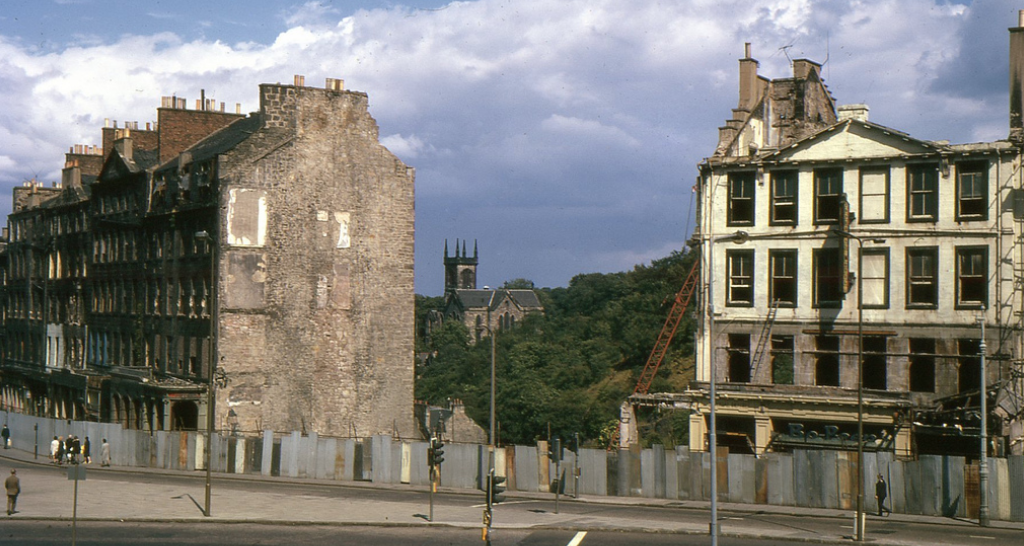
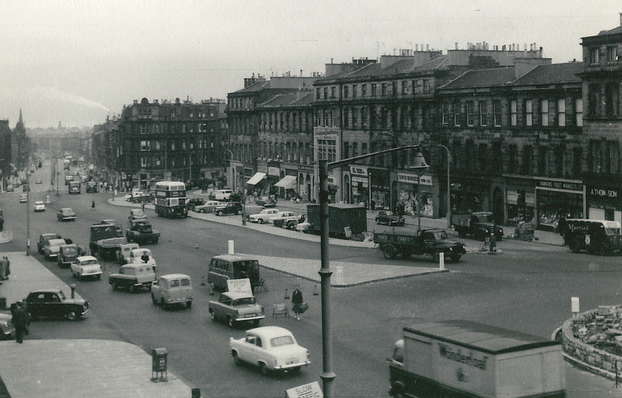
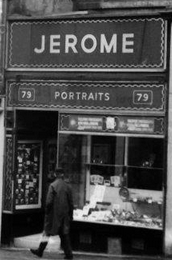
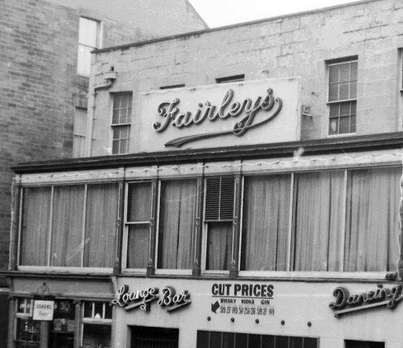
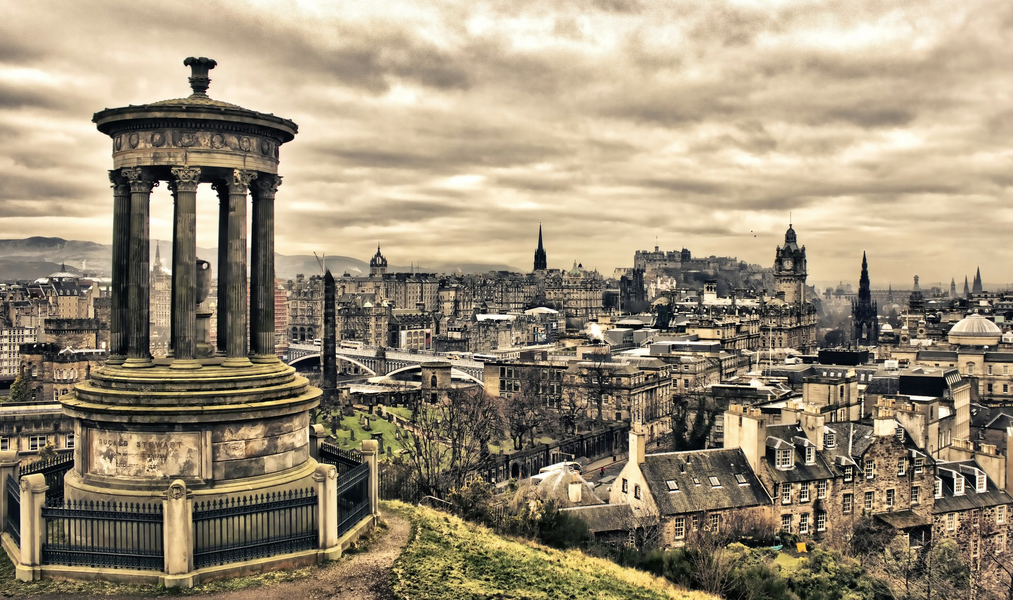
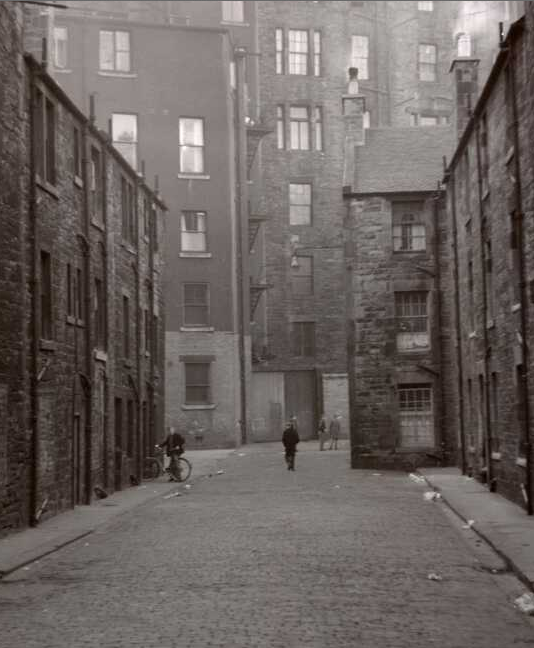
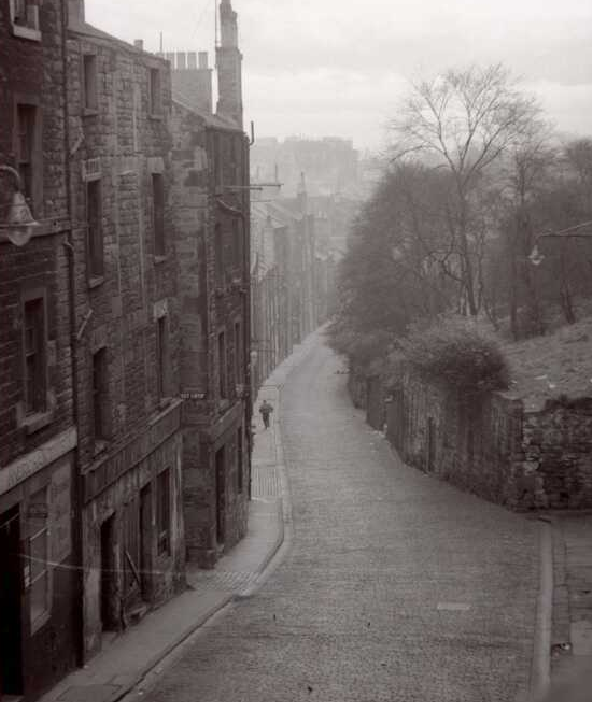
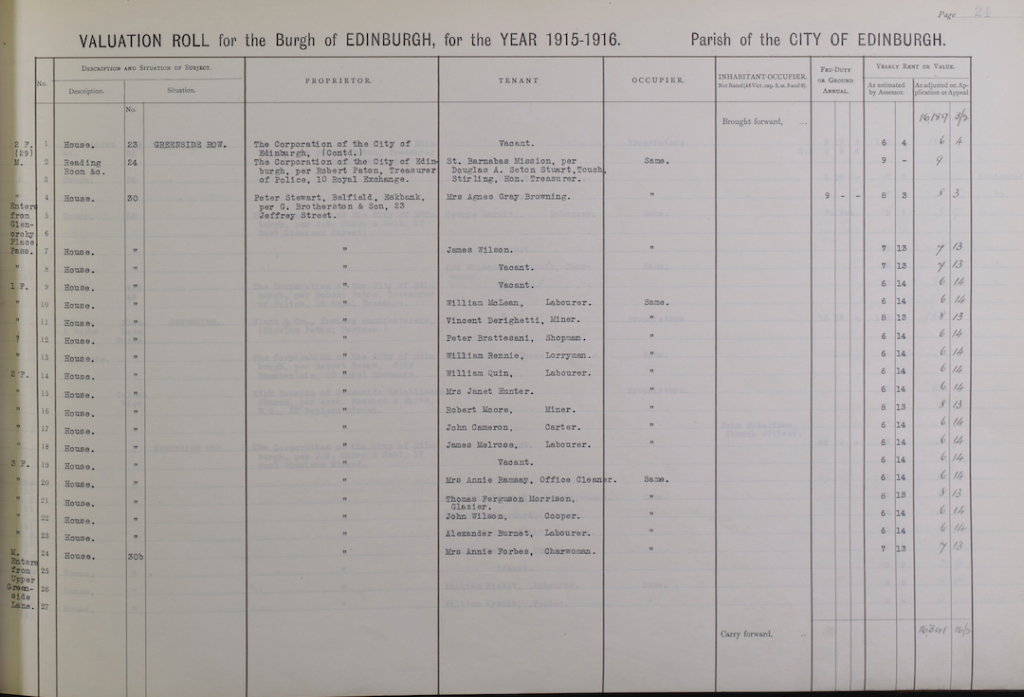
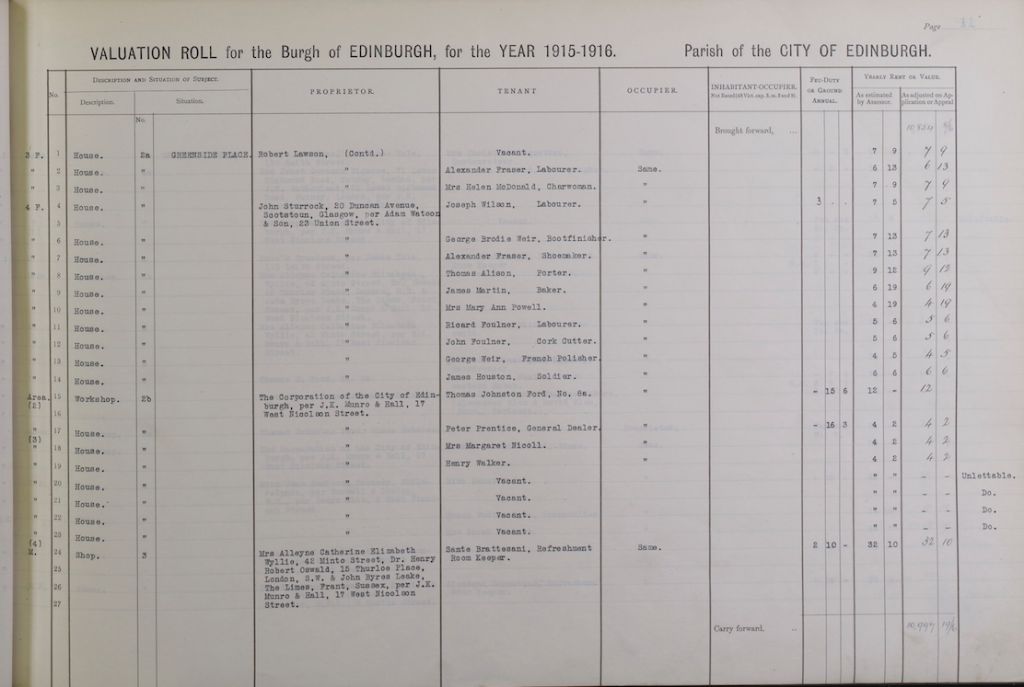
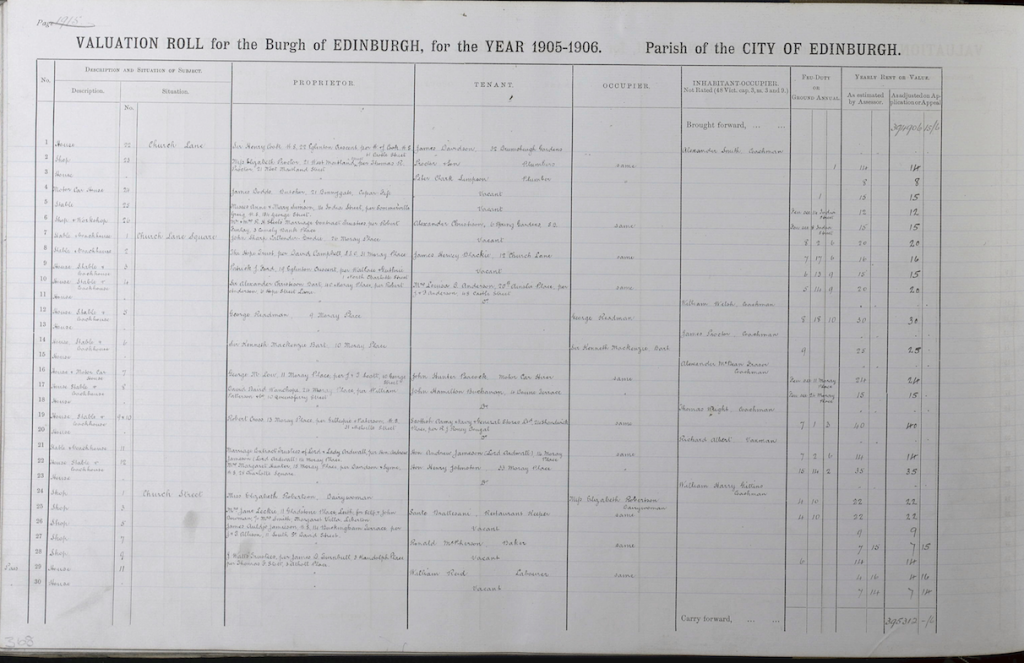
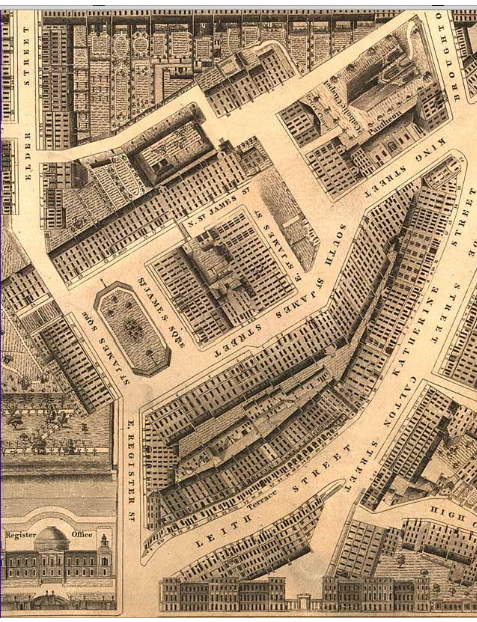
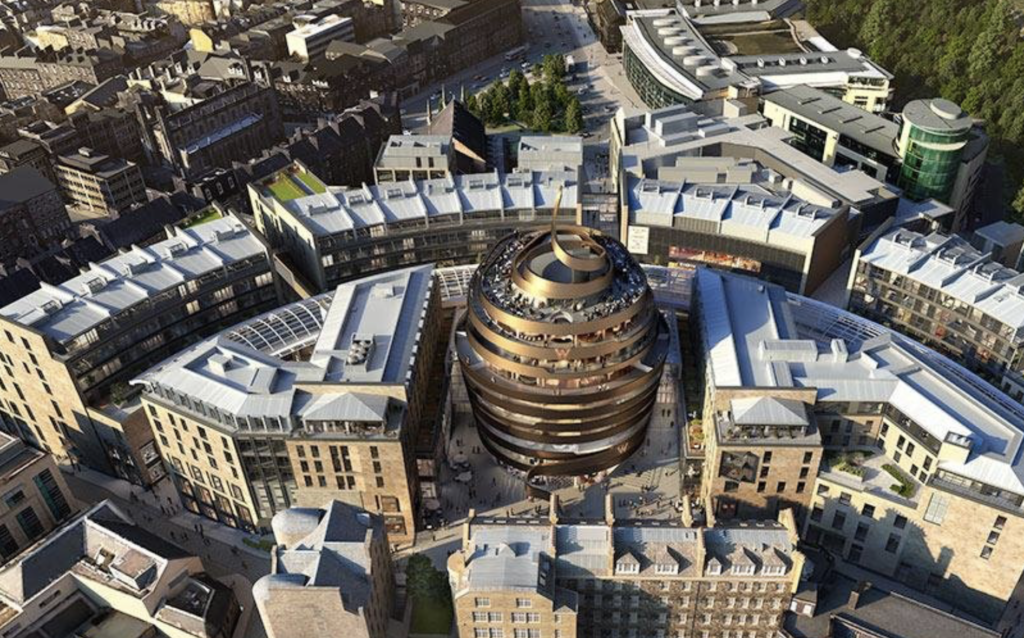
My father, James Wilson was born in Greenside in 1928. His father was Charles Wilson and mother was Mary (maiden name Gray/Grey). Her father (John ‘Ratty’ Gray/Grey) was apparently a bell ringer at Greenside Church. My dad’s siblings were Charles, Mary and Jean. I wonder if anyone had any recollections of the Wilson family? They left for Barony Street, presumably when Greenside began to be demolished.
My great grandmother is Elizabeth Fielding/Maguire/Murray is listed on her death certificate as residing at 9 Greenside Row in 1934. Would love to know if anyone remembers her as she left the family home consisting of my great grandfather and all of the children in his care. They never divorced because he was catholic, but my nanna, the youngest of the children was young and used to sneak of to visit her. We were led to believe she had a second hand clothing shop.
My grandparents both worked at the playhouse theater as ushers, listed on their marriage certificate – so I think this may have been where they met 🙂
Thank you so much for the quality and detail on this page. A number of my ancestors lived in Greenside Court and Upper Greenside Lane. You really helped me bring this area to life in my mind. Some great photos and maps too. Fantastic work, thank you.
Hello,
My 3rd great grandparents James and Margaret Cooke are listed as living at 24 Greenside Place on the 1861 census. Both music teachers, of Irish origin.
Kind Regards
Joanne
thanks Joanne for sharing this information. 24 is still there today. One of the few remaining original buildings in that area today.
Thank you for a wonderful trip down memory lane. My grandparents, Alexander & Margaret Edmonds were the original tenants of 3 Marshalls Court, Greenside. The only one left standing today. My parents Bill & Julia Montgomery also had the flat above my grandparents. I was actually born there 16.10.1938 as was my sister Margaret in 1933. My two brothers, Bill & Alex were born in my grandparents’ home in the Grassmarket before moving to Greenside.
I emigrated to Australia in 1961 but have been extremely fortunate to have enjoyed many visits back ‘hame’. The last one being 1919, just made it before covid hit and was able to visit Marshalls Court where one of the tenants I spoke to was actually a lady who had been in my class at Bellevue High School.
Your article brought back so very many memories of people, places and businesses, some of which I had forgotten.
We may have lived in the slums but with the Calton Hill as our playground, watching the Tracey horse Barney pull the full carts up the lane loaded with deliveries from Leitch’s, the possibility of a spare bottle of Leitch’s lemonade sneaked to us from the workers. Good mates and neighbours always willing to lend a hand we couldn’t have asked for much more, we were a happy lot.
Sorry my comments have run away with me, I could have gone on and on but thought enough was enough.
Once more, thanks for the memories.
So interesting to read the history of an area I can recall as a child. I recall my uncle Peter Carnie opening a travel agent in Greensude Place. It later became a garage. I always remember how there seemed to be endless levels.
I live on greenside end now, thanks very much for posting these pictures and sharing such great stories of the area. I wish it still had as much going on nowadays as it used to! Very cool to see 🙂
Was there a Simpson Court in the Greenside area? My paternal Grandmother , Annie Gillan lived at no 1 in 1861 but I can find no trace of it on the maps?
Thank you for the history of the area. I remember it well, travelling up the Walk to work.
There was a Simpsons Court. I have a very old map from the Edinburgh Library somewhere. There is a link to an old photo here as well 6 Simpson’s Court from Queen’s Place
Smith, Wm. Ewing, 1958, Photograph – Capital collections Edinburgh Library